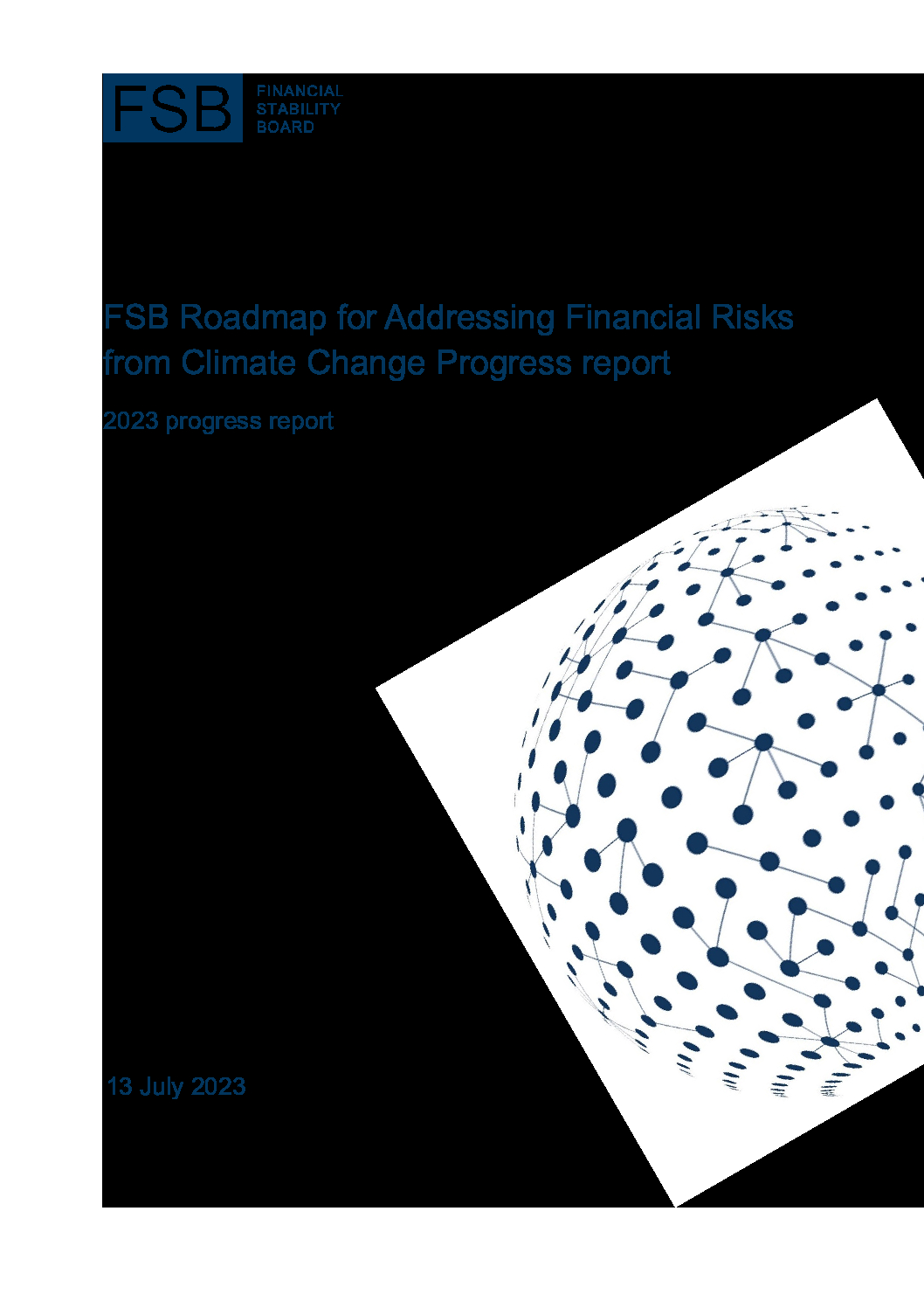This report considers the role that financial and non-financial firms’ transition plans can play for financial stability assessments, in particular as a source of information for monitoring climate-related financial risks and vulnerabilities, and as a tool for helping to address some of those risks.
Climate transition planning and the resulting outputs – transition plans – have seen increased interest in recent years as a tool for firms to articulate their strategies and manage climate risks. Transition plans are increasingly being used by shareholders, investors and regulators to be informed of a company’s climate strategy and approaches to net zero transition.
Transition planning and transition plans can help address climate-related financial risks through three channels:
- They facilitate firms’ strategy setting, which contributes to better risk management.
- They help inform investment decisions.
- They can support authorities’ macro-monitoring of transition and physical risks both in the financial system and the real economy.
Climate transition plans hold potential for enhancing financial stability, as they provide forward-looking information that can be useful to measure and monitor climate-related financial risks at micro- and macro-levels. However, certain conditions need to be met to enable wider use of transition plans for financial stability purposes. These include enhancing the coverage, transparency, credibility, comparability and availability of information in those plans.
Broader adoption of transition plans and continued efforts towards standardisation, including ongoing and planned work by international organisations and standard-setters, are key to making transition plans practically usable for financial stability and macroprudential purposes.
